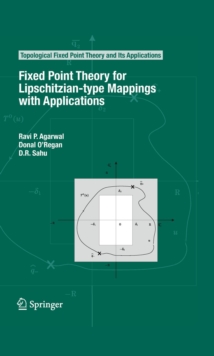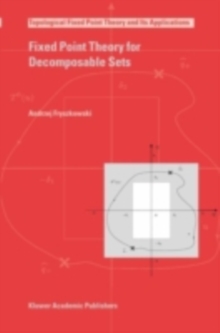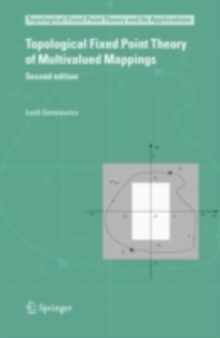
Homotopy Methods in Topological Fixed and Periodic Points Theory PDF
by Jerzy Jezierski, Waclaw Marzantowicz
Part of the Topological Fixed Point Theory and Its Applications series
Description
The notion of a ?xed point plays a crucial role in numerous branches of mat- maticsand its applications.
Informationabout the existence of such pointsis often the crucial argument in solving a problem.
In particular, topological methods of ?xed point theory have been an increasing focus of interest over the last century.
These topological methods of ?xed point theory are divided, roughly speaking, into two types.
The ?rst type includes such as the Banach Contraction Principle where the assumptions on the space can be very mild but a small change of the map can remove the ?xed point.
The second type, on the other hand, such as the Brouwer and Lefschetz Fixed Point Theorems, give the existence of a ?xed point not only for a given map but also for any its deformations.
This book is an exposition of a part of the topological ?xed and periodic point theory, of this second type, based on the notions of Lefschetz and Nielsen numbers.
Since both notions are homotopyinvariants, the deformationis used as an essential method, and the assertions of theorems typically state the existence of ?xed or periodic points for every map of the whole homotopy class, we refer to them as homotopy methods of the topological ?xed and periodic point theory.
Information
-
Download - Immediately Available
- Format:PDF
- Publisher:Springer Netherlands
- Publication Date:17/01/2006
- Category:
- ISBN:9781402039317
Information
-
Download - Immediately Available
- Format:PDF
- Publisher:Springer Netherlands
- Publication Date:17/01/2006
- Category:
- ISBN:9781402039317










